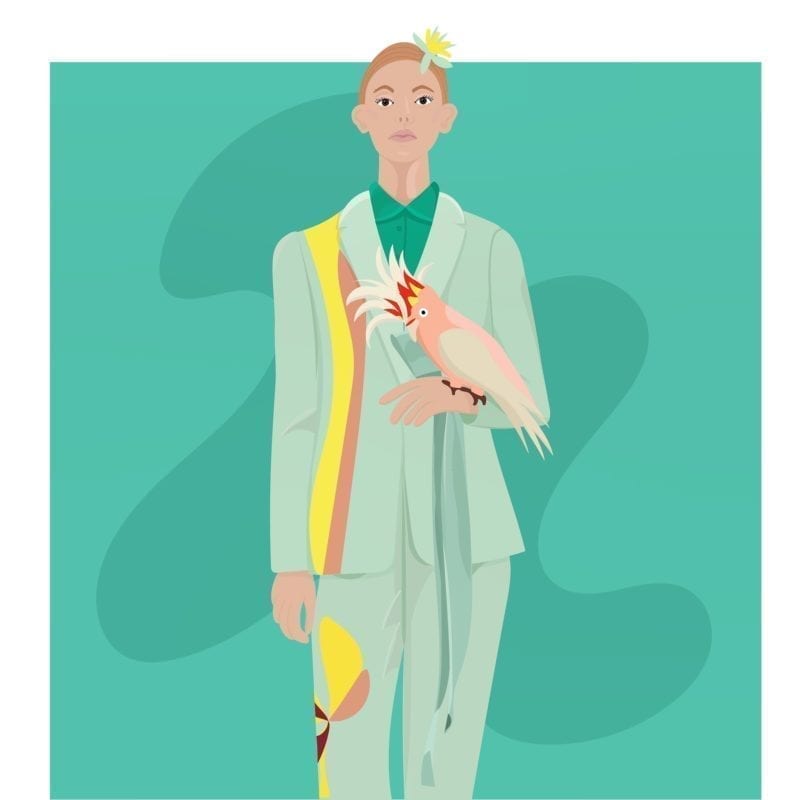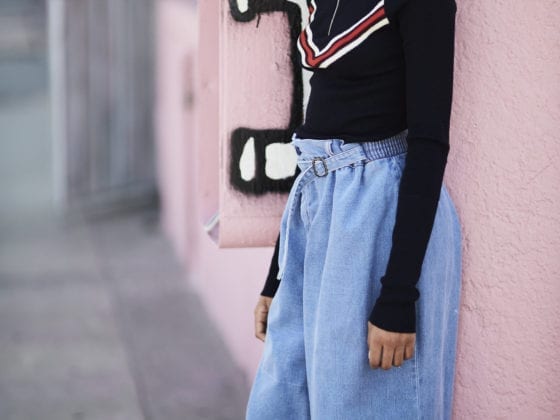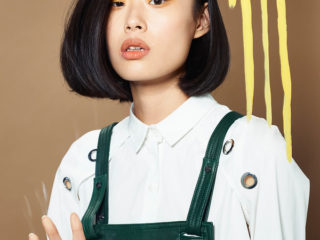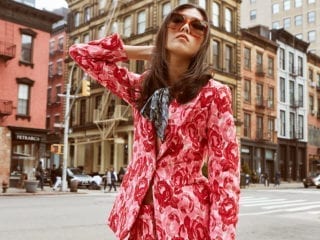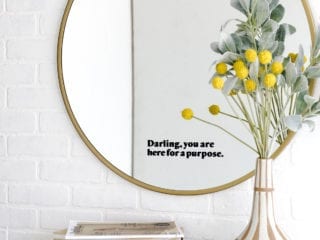Every time I pack my suitcase for another trip to home A (Seoul, South Korea), home B (Abu Dhabi, UAE) or home C (Vancouver, Canada), I pull out my designated wardrobe for each city. I’ve done it so many times that, by now, the mental pile is permanently fixed in my brain—clothes I can’t wear in B, clothes I need in C and clothes I can pack for A, if I’m feeling a little risqué.
Having lived in three countries around the world, I’ve learned how to turn on my “cultural adaptation” button for each one. Sometimes, it requires more than an internal change in mindset. It requires a physical change—namely, in how I dress.
Fashion is one of the most apparent ways in which cultural differences can be manifested. As a “fashionable” (or wannabe fashionable) child growing up in clashing cultures, I always felt like I needed to adjust my standards of dress to that of the surrounding society. It may have set back my seventh-grade dreams of a cutting-edge, avant-garde wardrobe, but it taught me some important lessons about the role of fashion—how it is both unavoidably universal yet adaptive to individual cultures.
Fashion is one of the most apparent ways in which cultural differences can be manifested.
Contemporary fashion is influenced by Western colonization. We don’t find it odd to see someone walking down the street in a t-shirt and jeans. However, we may find it very odd to see them in a traditional South Korean hanbok. Reduced only to tourist shops, weddings and Lunar New Year’s, hanbok has gone from everyday garb to a symbol of pre-war, pre-split Korea.
As a child living in Westernized, urban Seoul, what were once called “European” clothes simply became the norm. Fast-forward to present-day UAE, where Emirati locals still very much wear “traditional” clothing—black abayas for women and white kanduras for men. Head coverings and long robes aren’t only for museums. They can be seen in malls, classrooms and airports.
I always thought of South Korean fashion as culturally independent from the West. Its abundance of local designers and cutesy “Asian” style can certainly make it feel like its own world, but coming to a city where headscarves were as commonplace as button-ups changed my view. Here is a country staying true to its roots. Here is a culture nearly untouched by Hollywood or Paris Fashion Week.
Nearly, but not completely.
Even in a city where tradition lives on, money must go round. Fashion is inextricably tied to commerce. Abu Dhabi is a major port of economic growth, rapidly making its global mark in arts and tourism, but it’s also a hub of imports.
Even in a city where tradition lives on, money must go round. Fashion is inextricably tied to commerce.
Go to a mall and you’ll find everything from H&M to Chanel. Almost every popular chain restaurant is clawing its way to “proudly launch” their first Middle East branch in a UAE food court. Western goods flourish in Eastern countries because they are the trendy new thing. What’s popular will sell, and what sells (as with every industry) makes up the global fashion market.
Yet, even in the world of commerce, we cannot fail to see the impact of cultural dominance. Go anywhere in the city, and you’ll see black-clad Emirati women are the latest Gucci bags, Louis Vuitton sunglasses and Tory Burch flats. Western designers have been solidified as household names across the globe. You’ll be hard-pressed to find an Eastern “trend” on the streets of New York that isn’t an appropriation or a passing fad.
Yet, modesty in fashion still varies by culture. In every country I’ve lived in, women are far more subject to strict standards. This is far more prominent and particular in Eastern cultures, but each country has its own variations. In both the UAE and South Korea, uniforms are generally worn at middle-school age and upwards.
I was in eighth grade at an international school in Abu Dhabi when I learned that knee socks could be inappropriate. Women at mosques are not allowed to show their shoulders or legs. Heavily exposed skin in public is a no-no. In Seoul, girls trim their school skirts to barely fingertip length. You can show your legs all you want—just no cleavage or deep v-cuts.
Go to Vancouver? Wear tank tops and booty shorts in the pouring rain, for all anyone cares. You’re not in a city where everyone cares. It’s as if the East cries out—“Plant your individualistic Western roots. Take away our language and our land, but you’ll never take away the values ingrained in our blood for generations before you set foot on our soil.”
Fashion can touch some, but not all parts of culture. Western ideals only go so deep before hitting the wall of tradition. We may wear clothes inspired by the Western world, but we’ll fit them into our mold.
We may wear clothes inspired by the Western world, but we’ll fit them into our mold.
Fashion is a unique component of culture, both an exception and an adherent to the standard. It is, at once, uniform and variant. It reflects the values and norms of its niche.
Being a “fashionable” person (in all conventional definitions) anywhere requires more than a good eye for color or lines. It requires privilege. It takes courage. True trendsetters from around the world have pushed past their cultural limitations to make their mark.
Fashion is constantly changing, and all change comes with risks. Where would we be without them?
Have you ever lived in a foreign country? How did it impact how you view fashion?
Image via Annette Zuozo at Made by A

